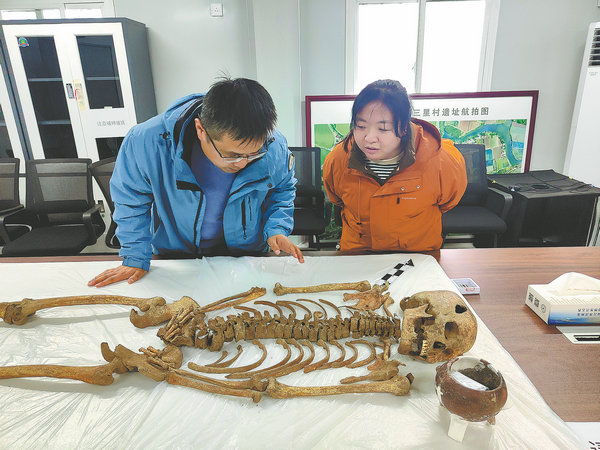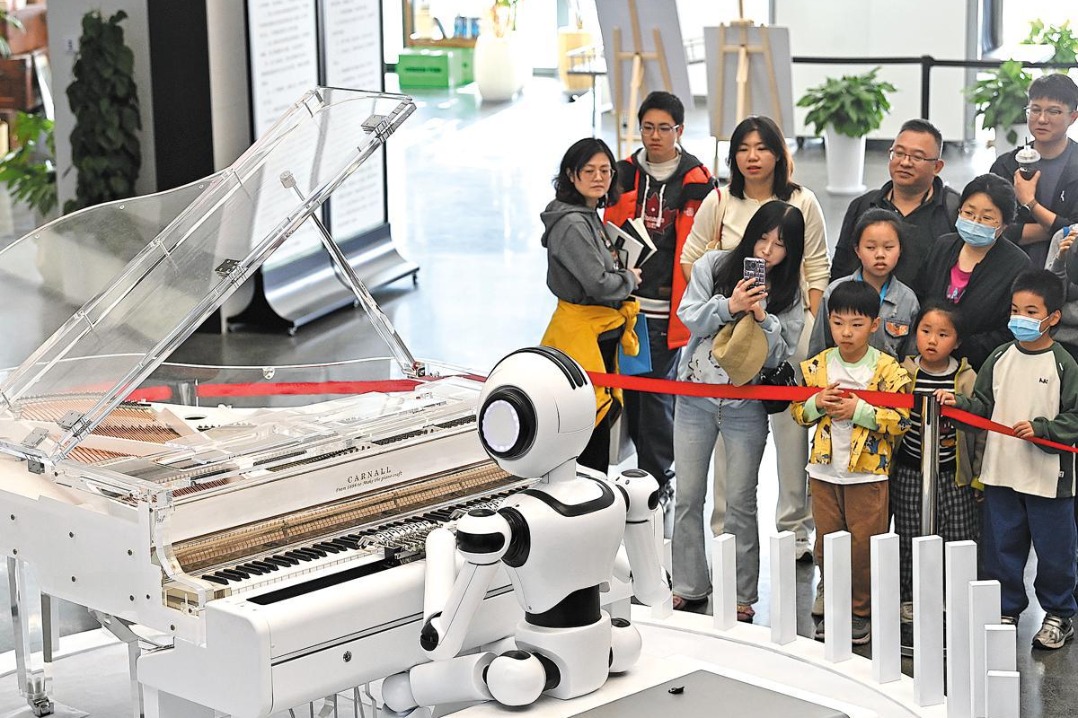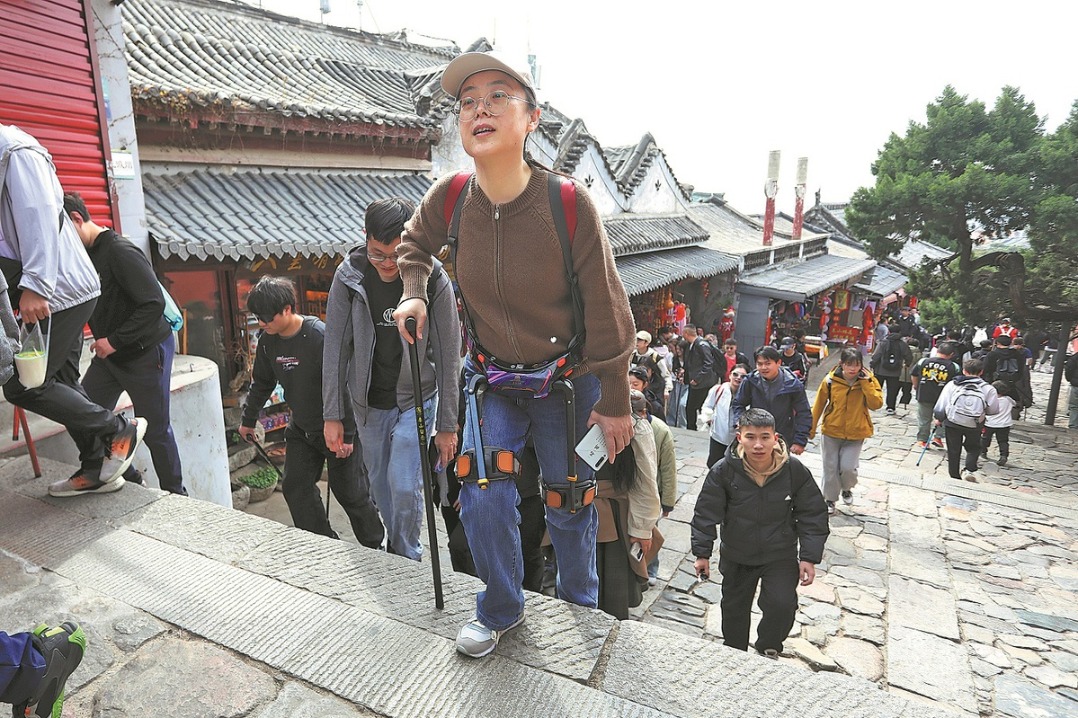A Neolithic site in Jiangsu tells new stories
By Wang Ru in Changzhou | China Daily | Updated: 2024-01-25 05:52

The latest discoveries at the Neolithic settlement of Sanxingcun in the Yangtze River's lower reaches were recently highlighted at the fifth Shanghai Archaeology Forum.
The site, dating from 6,500 to 5,500 years ago, in what is today Jintan district in Changzhou, Jiangsu province, was found during the second national census of cultural relics in 1985. The six-year excavation carried out there in the 1990s, involved the unearthing of more than 1,000 Neolithic tombs, 4,000 artifacts and 1,200 well-preserved human bones. It was officially listed as one of China's Top 10 Archaeological Discoveries in 1998.
The latest excavations there started in 2022, and are continuing what was started 30 years ago. It is being carried out by the Chinese Academy of Social Sciences' Institute of Archaeology, the Nanjing Museum, the Changzhou Institute of Archaeology and the Jintan Museum.
The new excavations have uncovered more than 570 finds from the Neolithic period to the Qing Dynasty (1644-1911). The highlight is a settlement dating back to the middle and late periods of the Majiabang Culture and the early period of the Songze Culture. These Neolithic cultures in the lower reaches of the Yangtze River date back roughly 6,000 and 5,500 years, respectively.
The site covers about 350,000 square meters. A roughly 10,000-square-meter loess platform stands in the middle.
Altogether 345 tombs, 210 ash pits, 12 houses and other structures, as well as about 1,000 artifacts have been unearthed during the latest excavations, Institute of Archaeology researcher Li Moran says.
Based on the distribution patterns of Neolithic remains and artifacts, the entire site can seemingly be divided into functional zones, including residential, burial, and bone-tool and pottery production areas.
"This time, we're planning to excavate the central loess platform, the tombs in the south, and the residential and handicraft workshop areas in the north, and expect to develop a panoramic view of how people lived there about 6,000 years ago," says Li.
























